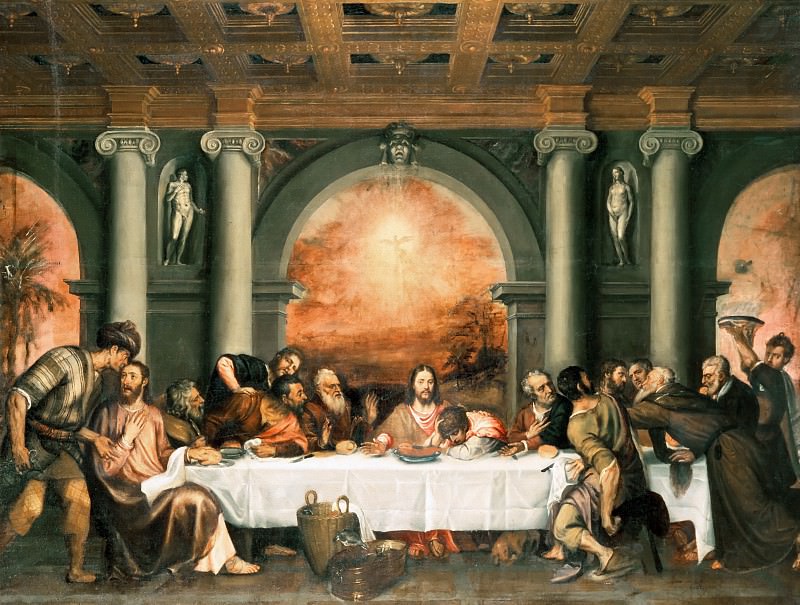Yoshitomo Nara Art: A Journey into the World of Pop and Punk
Yoshitomo Nara, a renowned contemporary Japanese artist, has captivated audiences worldwide with his unique and evocative art. Born in 1959 in Hirosaki, Aomori Prefecture, Nara's work transcends traditional boundaries, blending elements of pop culture, punk rock, and Japanese aesthetics to create a distinct visual language that resonates with viewers on a deeply emotional level.
Early Influences and Education
Nara's artistic journey began in his childhood, where he found solace and inspiration in manga, animation, and music. These early influences played a crucial role in shaping his artistic vision. Nara's formal education in art began at the Aichi Prefectural University of Fine Arts and Music, where he honed his skills and developed his unique style. His education continued in Germany at the Kunstakademie Düsseldorf, where he was exposed to Western art movements and theories that further enriched his creative expression.
The Iconic Characters
One of the most recognizable aspects of Nara's work is his depiction of solitary, childlike characters. These figures, often portrayed with large, expressive eyes and ambiguous expressions, have become synonymous with his name. Despite their seemingly innocent appearance, Nara's characters convey a range of complex emotions, from melancholy and defiance to vulnerability and anger. This duality creates a powerful connection with viewers, who often find their own feelings reflected in the characters' gazes.
Themes and Motifs
Nara's art is deeply rooted in themes of isolation, childhood, and rebellion. His characters are frequently depicted alone, surrounded by minimalistic backgrounds that emphasize their solitude. This sense of isolation is a recurring motif in Nara's work, reflecting his own experiences and observations of the world. Additionally, his use of punk rock aesthetics and imagery underscores a spirit of rebellion and nonconformity, challenging societal norms and expectations.
Techniques and Mediums
Nara's artistic techniques are as diverse as his influences. He works with a variety of mediums, including painting, drawing, sculpture, and installation. His paintings often feature bold, flat colors and simple lines, reminiscent of traditional Japanese woodblock prints. In contrast, his sculptures and installations incorporate found objects and mixed media, adding a tactile and three-dimensional quality to his work. This versatility allows Nara to explore different facets of his artistic vision and engage with his audience in multiple ways.
Major Works and Exhibitions
Throughout his career, Nara has created a vast body of work that has been showcased in numerous solo and group exhibitions worldwide. Some of his most notable works include "Knife Behind Back," a striking painting of a young girl holding a knife behind her back, and "Doggy Radio," a whimsical sculpture of a dog-like creature with a radio in its body. These pieces, along with many others, have cemented Nara's reputation as a leading figure in contemporary art.
Impact and Legacy
Nara's influence extends beyond the art world, resonating with people from all walks of life. His work has inspired a generation of artists, musicians, and cultural figures who identify with his themes of alienation and resistance. Moreover, his art has found a place in popular culture, appearing on album covers, merchandise, and even in fashion. This widespread appeal speaks to the universal nature of Nara's work and its ability to transcend cultural and linguistic barriers.
Personal Reflections
Nara's personal experiences and reflections often find their way into his art. He has spoken about the impact of growing up in post-war Japan, where rapid modernization and economic growth coexisted with a sense of cultural loss and nostalgia. These feelings of displacement and longing are palpable in his work, adding a layer of depth and authenticity that resonates with viewers on a personal level.
Collaborations and Projects
In addition to his solo work, Nara has collaborated with various artists and organizations on special projects. One notable collaboration is his work with the Japanese rock band, The Pillows, for whom he created album covers and stage designs. These collaborations highlight Nara's multifaceted talents and his ability to seamlessly blend different forms of artistic expression.
Recent Developments
In recent years, Nara has continued to push the boundaries of his art, exploring new themes and techniques. His recent works show a maturation in his style, with more nuanced and introspective themes. This evolution reflects Nara's ongoing commitment to personal and artistic growth, as well as his willingness to engage with contemporary issues and ideas.
Conclusion
Yoshitomo Nara's art is a testament to the power of visual storytelling. His ability to capture complex emotions and universal themes through simple yet evocative imagery has made him a beloved figure in the art world and beyond. As Nara continues to evolve as an artist, his work will undoubtedly continue to inspire and resonate with audiences for generations to come.
Yoshitomo Nara's art invites us to reflect on our own experiences of childhood, solitude, and rebellion. His characters, with their haunting expressions and poignant gazes, serve as mirrors to our own inner worlds. Through his art, Nara offers a unique lens through which we can explore the depths of our emotions and the complexities of the human condition.




